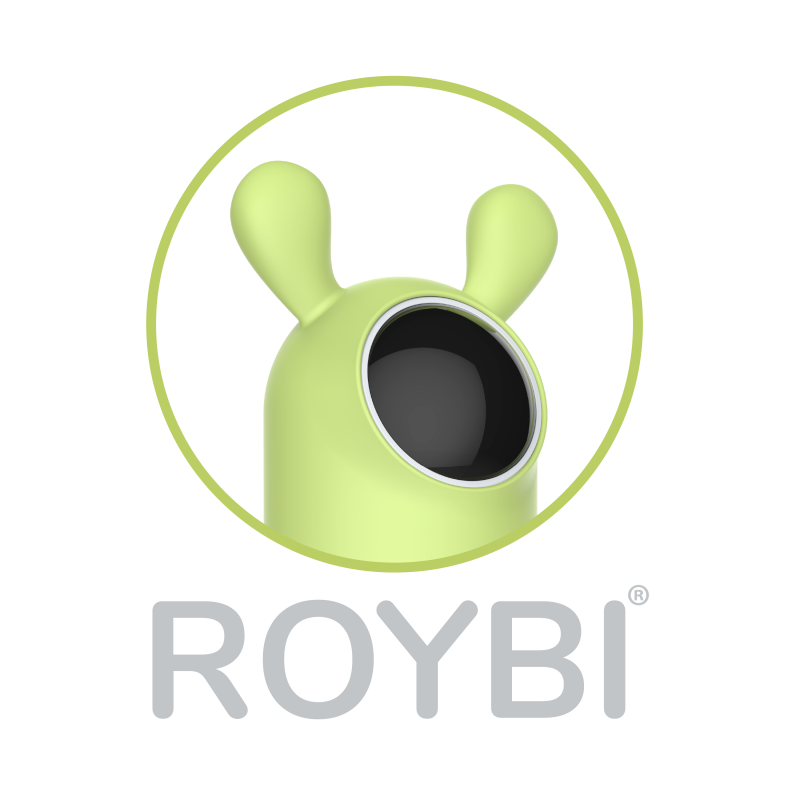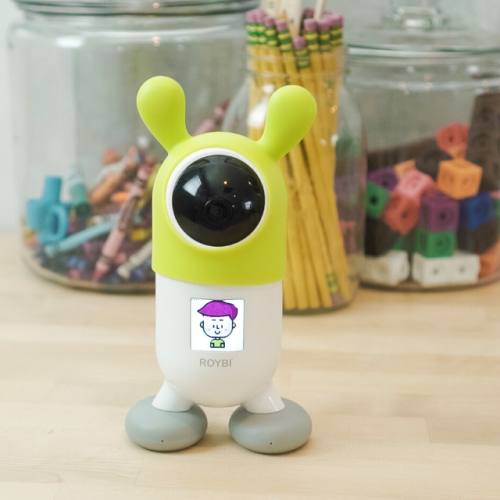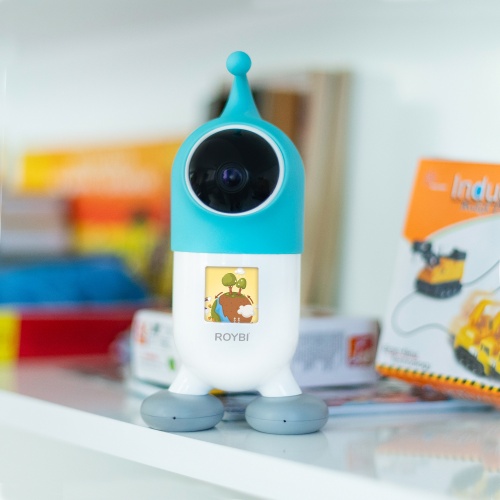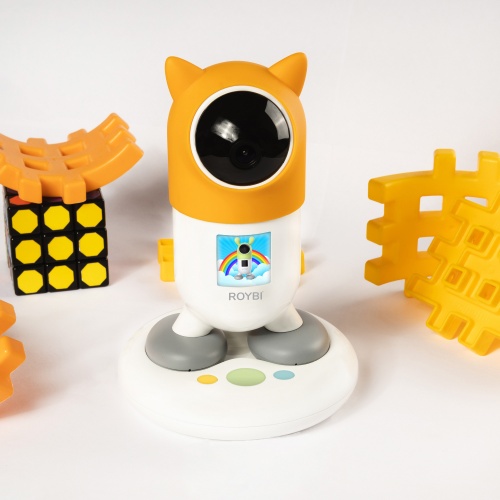Can follow speech that is very slow and carefully articulated, with long pauses for him/her to assimilate meaning.
Can understand instructions addressed carefully and slowly to him/her and follow short, simple directions.
Can understand phrases and expressions related to areas of most immediate priority (e.g. very basic personal and family information, shopping, local geography, employment) provided speech is clearly and slowly articulated.
Can understand enough to be able to meet needs of a concrete type provided speech is clearly and slowly articulated.
Can interact in a simple way but communication is totally dependent on repetition at a slower rate of speech, rephrasing and repair. Can ask and answer simple questions, initiate and respond to simple statements in areas of immediate need or on very familiar topics.
Can understand everyday expressions aimed at the satisfaction of simple needs of a concrete type, delivered directly to him/her in clear, slow and repeated speech by a sympathetic speaker.
Can ask and answer simple questions, initiate and respond to simple statements in areas of immediate need or on very familiar topics.
Can ask and answer questions about themselves and other people, where they live, people they know, things they have.
Can describe him/herself, what he/she does and where he/she lives.
Student understands when somebody talks about their family or friends in simple sentences.
Student can understand questions about oneself.
Student can understand when the teacher tells me to do something that he/she already knows.
Student can understand simple questions about oneself.
Student can understand the teacher’s instructions.
Student can understand when he/she is asked personal questions: his/her name, age and where he/she lives.
Student can understand when people greet him/her, ask him/her how he/she is and says good-bye to him/her. [
Student can understand routine phrases such as “please” and “thank you.”
Student can recognise simple greetings.
Student can talk about how he/she feels and also ask others how they feel in simple, short sentences, e.g. I am tired. How are you today?
Student can understand some words and phrases he/she hears on TV programmes.
Student can understand everyday words and sentences in children’s films, cartoons, tales, advertisements and announcements.
Can recognise words, names and numbers that he/she already knows in simple, short recordings, provided that they are pronounced very slowly and clearly.
Student can understand the main point(s) from a short spoken passage, e.g. a short rhyme or song, a telephone message, announcement or weather forecast…
Student can understand simple classroom instructions such as “Sit down”, “Wait”, “Listen”.
Student can understand when my friends tell me how to play a game.
Student can understand when the teacher tells me to do something that I already know.
Student can understand very short conversations when people speak slowly and clearly.
Student can understand when somebody talks about their family or friends in simple sentences.
Student can greet and say goodbye to an adult or my friend using the correct words to match a certain time of the day (e.g., “Hello,” “Good morning,” “Good afternoon,” “Good evening,” “Goodbye,” “Have a nice trip,” “See you tomorrow,” etc.).
Student can identify familiar words and phrases.
Student can understand some words in songs and rhymes.
Student can recognise shapes and categories.
Student can say hello and goodbye to his/her teachers and classmates.
Student can understand some words and phrases in songs and simple children’s poems.
Student can can understand a few familiar spoken words and phrases, e.g. the teacher’s instructions, a few words and phrases in a song or a rhyme, days of the week, colours or numbers…
Student can understand when his/her friends tell him/her how to play a game.
Student can greet and respond to a greeting.
Student can introduce oneself and other people.
Student can ask and answer questions about a person, family, and interests.
Student can ask someone if they have brothers or sisters. [
Student can understand simple, short instructions given by my teacher, e.g. Stand up, please!
Student can understand when somebody asks him/her for help using simple, short sentences, e.g. Can you help me, please?
Student can understand when someone tells me how he/she feels in simple, short sentences, e.g. Today I am fine.
Student can understand when somebody introduces his/her family or friends to me, e.g. This is my mother.
Student can understand when someone tells me how he/she feels in simple, short sentences, e.g. Today I am fine.
Student can understand when somebody asks me for help using simple, short sentences, e.g. Can you help me, please?
Student can understand when someone speaks about a free-time activity in simple, short sentences, e.g. I like to read.
Student can understand the words for colours and shapes.







User reviews for ROYBI Robot
You need to log in to post a review.